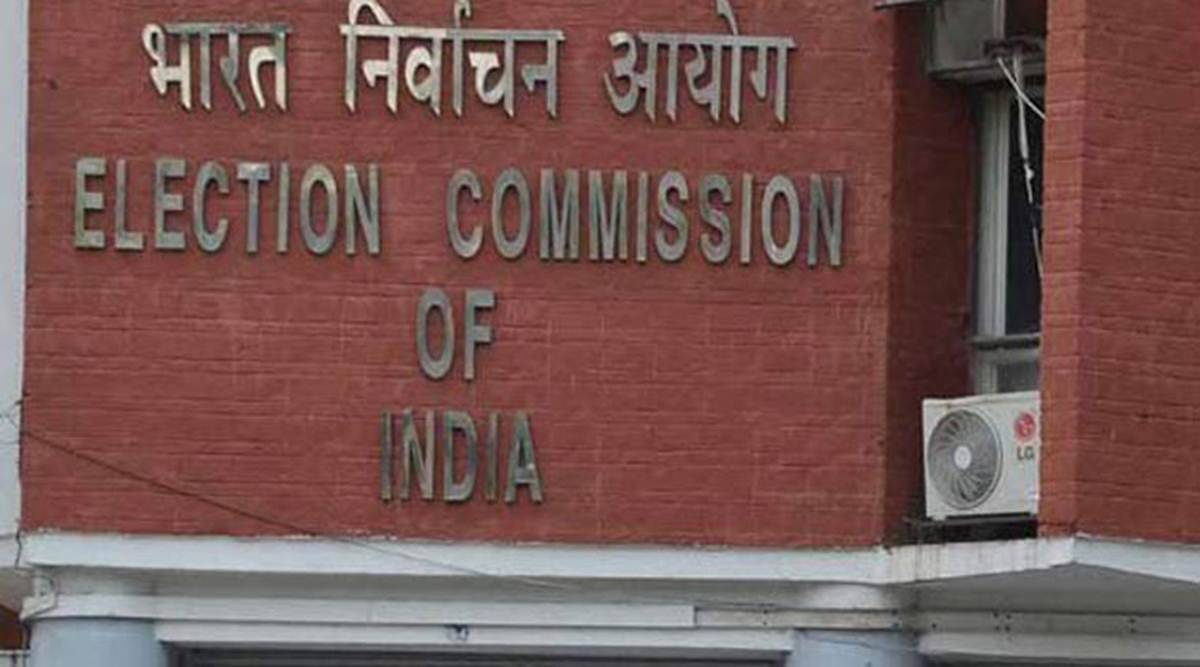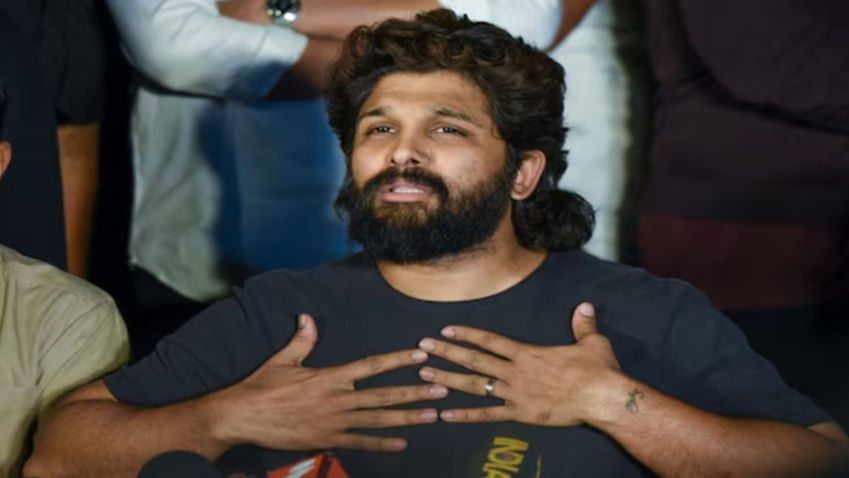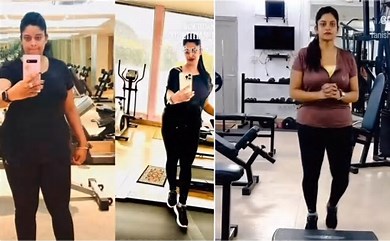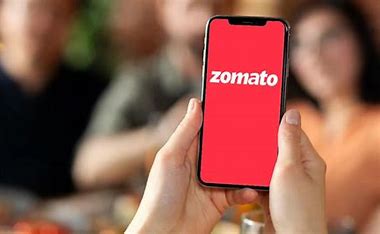The Election Commission of India (ECI) announced last week that elections for the 182 seats of the Gujarat state assembly will be held in two phases on December 1 and 5. Over 4.9 crore eligible voters in the state will line up to determine the fate of the state which has been the home turf of Prime Minister Narendra Modi for over two decades. With the announcement of the election schedule, the Model Code of Conduct is now in effect, which prescribes rules for the conduct of political parties and candidates during election campaigning. More than 51,000 polling stations will be set up prior to the elections, with more than 34,000 of these being located in rural areas.
The highly anticipated election has so far been a three-pronged contest so far between the Bharatiya Janata Party (BJP), the Indian National Congress (INC) and the Aam Aadmi Party (AAP). The BJP has dominated the politics of the state for the past almost 3 decades, as it has continued to win every single assembly election since 1995. During the last assembly polls, the BJP won 99 seats with a vote share of 49.05 per cent, while the INC managed to secure 77 seats along with a vote share of 41.44 per cent. However, since the election, the Congress’s tally has reduced to 62 seats, while the BJP has increased its tally to 111 seats. Perhaps the most important change since 2017 has been the emergence of the AAP in the state, which is threatening both the national parties and cutting into the vote share of the Congress.
With the elections less than a month away, all parties have amped up their campaigns in the state and are attempting to woo voters across the board. Let us take a deep dive into the campaign dynamics of the parties, including their promises and what is happening in the major constituencies.
What are the parties promising and campaigning for?
The BJP, which has not announced its official manifesto for the state elections yet, has asked the public to submit its suggestions for the manifesto as part of its “Agresar Gujarat” (Gujarat Ahead) campaign. BJP state president C R Paatil, while launching the campaign said that the party has fulfilled 78 per cent of the promises it made in 2017, and the campaign aims to make voters a stakeholder in shaping the future of Gujarat. The campaign goes hand in hand with the election slogan of the party announced by Prime Minister Narendra Modi just days ago. The BJP’s slogan “Aa Gujarat Mai Bandy Chhe” (I created this Gujarat), also aims to make the average Gujarati voter a stakeholder in the story of the development of the state, which has been a key campaign plank of the BJP in the state. Senior party leaders including JP Nadda, Smriti Irani, Kiren Rijiju, and Giriraj Singh have toured the state as a part of the recently concluded Gaurav Yatra, reminding the voters of the state of developmental works that have been undertaken by the BJP. Prime Minister Narendra Modi also laid the foundation stones of projects worth Rs 29,000 crores in different parts of the state like Surat, Bhavnagar, Ahmedabad and Ambaji during his tour. The party has issued a direct warning to voters of the state to not fall for the promises of freebies being doled out by other parties and instead focus on the long-term development of the state, which has been brought about by the BJP.
The new entrant to Gujarat politics, the AAP has also undertaken a very high-decibel campaign in the state, with both Delhi Chief Minister Arvind Kejriwal and his Punjab counterpart Bhagwant Mann making several tours in the state, while promising several welfare measures or “guarantees” to Gujarati voters. The party used a voter-centric approach in selecting its Chief Ministerial candidate under its “Choose Your Chief Minister” campaign, launched in October, whereby voters would decide who the party’s candidate would be. Last week, the party announced Isudan Gadhvi, who won the public opinion campaign as per the party with over 73% of the votes, will be the party’s Chief Ministerial candidate. The party, in line with its campaign in other states such as Delhi and Punjab, has anchored its campaign on a slew of welfare promises such as 300 units of free electricity per month, free education in government schools, unemployment allowance, allowance for women and a monthly stipend to new lawyers, amongst many others. Earlier this year, Arvind Kejriwal also pledged to the completely neglected tribal communities that the Constitution’s Fifth Schedule and the Panchayat (Extension to Schedule Areas) ACT (PESA Act) would be implemented in the tribal areas of the state if the party is voted to power.
The Congress, which had a very charged-up campaign led by Rahul Gandhi ahead of the 2017 polls, has changed its strategy, adopting a silent campaign strategy, which it started long ahead of the polls in February 2022. While the party has so far stuck to campaigning in rural Gujarat, its messaging is centred around two main campaigns, “Congress Nu Kaam Bole Che” (Congress’ work speaks) and “Congress Ke 8 Vachan” (Congress’ eight promises). The major promises being made by the party include a reduction in the price of gas cylinders, free electricity up to 300 units, free health care up to Rs. 10 lakhs, loan waivers for farmers, creation of 3,000 English-medium government schools, subsidy on milk products, government jobs, and unemployment allowance up to Rs 3,000 to the youth. The party has focused on booth management and door-to-door campaigning, with a special focus on raising local issues, along with five yatras across the state, which will cover 175 assembly seats over 5,432 km.
What is happening in the major constituencies?
The state is home to 182 assembly constituencies, with some constituencies being the bastion of the BJP, while some being the bastion of the INC. Let us have a look at some of the major constituencies in the state and what is happening in them on the road to the polls.
Maninagar
Maninagar is an urban constituency in Ahmedabad city and has been a BJP bastion since the 1990s due to the high concentration of urban Hindu voters. In the 2017 elections, Suresh Patel of the BJP won the seat by defeating Brahmbhatt Shwetaben Narendrabhai of the INC with a margin of 75,199 votes. The seat holds a special significance as Prime Minister Narendra Modi won the seat in 2002, 2007 and 2014 when he was Gujarat’s chief minister. Along with OBC, Dalit and Muslim voters, this seat has voters from general communities including Vaniks, Patidars, and Brahmins.
Morbi
The constituency has dominated the spotlight after the incident of the tragic bridge collapse in which 135 people died. The constituency is a Patidar-dominated constituency, and due to the Patidar quota agitation, BJP’s Amrutiya Kantilalp, a five-time MLA, lost to Congress’ Brijesh Merja in 2017. However, shortly afterwards, Mejra switched sides and joined the BJP in 2020. The BJP has been overwhelmingly dominant in Morbi for nearly four decades now and has ruled the municipality almost continuously since 1986.
Vadgam
The Vadgam constituency is reserved for the Scheduled Castes candidates. In 2017, Jigneshkumar Natvarlal Mevani, an independent candidate who was backed by the Congress won the seat by defeating Chakravarti Vijaykumar Harkhabhai of the BJP with a margin of 19,696 votes. The incumbent MLA, Mevani, recently announced that he will contest the 2022 election on a Congress ticket.
Rajkot West
Narendra Modi won this seat in February 2002 after becoming chief minister for the first time in October 2001. BJP veteran Vajubhai Vala represented this seat for six terms between 1980 and 2007. The constituency has a total of 3.14 lakh voters, the majority of whom are Patidars (72,000 voters). Apart from Patidars, there are 44 thousand Brahmins, 30 thousand Vaniks and 24 thousand Lohana voters. Overall, 1.70 lakh of the voters in the constituency are considered upper-class Hindu voters, who have traditionally supported the BJP.
Gandhinagar North
Gandhinagar city, the capital of Gujarat, does not have any specific caste equation as most of its residents are state government employees and their family members. The constituency was carved out in 2008 and is considered a Congress stronghold. The party is considered to dominate the regions of Borij, Indroda, Ghodakuva, Gokulpura, Adiwala, and Palj, and won this seat in 2017 with a thin margin of 4,774 voters. There are 2.60 lakh voters for this seat.
With just weeks remaining to the Assembly polls in Gujarat this year, parties have started the final and most aggressive phase of their campaigns, attempting to woo all voter groups and voters in every constituency. While political analysts state that the BJP is highly likely to retain power in the state, as it has for the past almost three decades, the INC and new entrant AAP are likely to give tough competition to the party on some seats.







